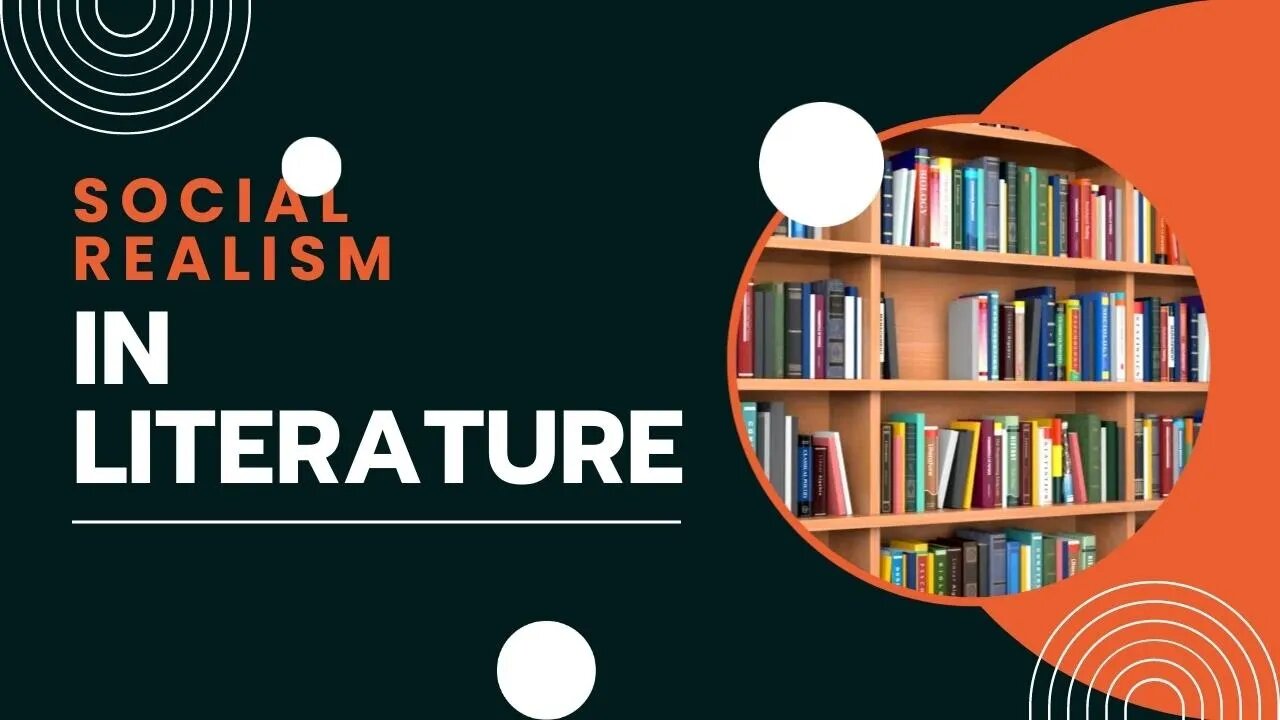Premium Only Content

Social Realism in Literature
Welcome to our explainer video on "Social Realism in Literature". In this video, we'll explore what social realism is all about and how it is reflected in literature. So, let's dive right in!.
Social realism is a literary movement that aims to depict the realities of society, particularly focusing on the struggles, conflicts, and inequalities faced by ordinary people. It emerged during the 19th and 20th centuries as a response to the rapid changes brought about by industrialization, urbanization, and social upheavals.
There are several key elements that define social realism in literature. Let's take a look at some of them.
The first element is an emphasis on realistic portrayal. Social realist writers strive to depict society as it truly is, without romanticizing or idealizing it. They focus on presenting an accurate reflection of the world, warts and all.
Another crucial element is the representation of diverse characters. Social realist literature often highlights individuals from various social, economic, and cultural backgrounds. By doing so, it provides a platform to showcase the experiences of marginalized groups and address social inequalities.
Social realist literature also tackles significant societal issues. Authors delve into topics such as poverty, class struggles, discrimination, labor rights, and the effects of political and economic systems on people's lives. Through their narratives, they shed light on these problems and raise awareness.
Now that we understand the elements of social realism, let's explore why it is important.
Firstly, social realism helps create empathy and understanding. By presenting the experiences of different individuals, readers can develop a deeper understanding of others' lives and challenges. This empathy fosters a sense of solidarity and promotes positive social change.
Secondly, social realism encourages critical thinking. By shedding light on social issues and their consequences, literature in this genre prompts readers to question existing systems and structures. It challenges them to analyze and reflect upon the world around them.
Lastly, social realism has a historical impact. By capturing the realities of a specific time and place, social realist works serve as valuable historical records. They offer insights into the social, political, and cultural contexts of different eras, allowing us to learn from the past and avoid repeating the same mistakes.
In conclusion, social realism in literature is an essential movement that gives voice to the voiceless and shines a light on societal issues. By presenting a realistic portrayal of society and its struggles, social realist writers inspire empathy, critical thinking, and contribute to our understanding of history.
Thank you for watching this explainer video on social realism in literature. We hope it has provided you with valuable insights into this important literary movement. Remember, literature has the power to shape our understanding of the world and bring about positive change.
-
 14:17
14:17
GritsGG
1 day agoCopy Our Strategy We Use to Win & Instantly Improve!
29K3 -
 6:08:23
6:08:23
The Pascal Show
21 hours ago $8.00 earnedDIDDY TRIAL LIVE! HERE WE GO! Feds Begin Closing Arguments Trial Day 31 & MORE
27.5K3 -
 3:24:49
3:24:49
GamerGril
9 hours agoTGI-FrightDay | A Gril Among Us
34.9K11 -
 1:19:26
1:19:26
Man in America
16 hours agoIs MAHA Pushing the WEF’s Wearable Agenda? w/ Dr. Ealy
132K108 -
 8:35:28
8:35:28
SpartakusLIVE
15 hours agoNEW Loadouts have DROPPED from ADVANCEDgg || !advanced
87.1K4 -
 30:28
30:28
Solar Groove Muzic
1 day ago $10.52 earnedAFRO HOUSE MIX 2025 | The Best of Afro House Music
58.9K5 -
 41:00
41:00
The Finance Hub
22 hours ago $8.52 earnedI CAN'T BELIEVE WHAT JUST HAPPENED TO SEN. ADAM SCHIFF!
32K30 -
 3:52:16
3:52:16
SynthTrax & DJ Cheezus Livestreams
1 day agoFriday Night Synthwave 80s 90s Electronica and more DJ MIX Livestream HEATWAVE Edition
58.9K18 -
 2:46:07
2:46:07
I_Came_With_Fire_Podcast
18 hours agoCHINA TRADE | RUBIO VISA | SENATE SECRETS | DEPORT BAN
56.9K10 -
 8:01
8:01
MattMorseTV
13 hours ago $5.77 earnedNYC Democrat is in HOT WATER.
33.4K65